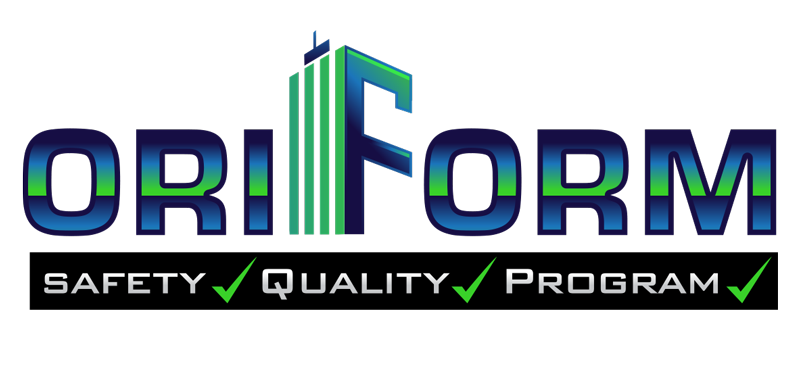Unveiling New Design Trends and Outlooks
In the dynamic realm of construction, formwork stands as the canvas upon which architectural visions come to life. As we venture into the future, the role of formwork takes center stage, intertwining innovation, sustainability, and design excellence. Let’s explore the emerging trends and exciting outlooks that are set to redefine the landscape of formwork in the years to come.
Digital Integration in Formwork Design:
The digital revolution has reached the construction site, and formwork design is no exception. Advanced software and digital tools now empower architects and engineers to experiment with intricate designs and complex geometries. Expect to witness a surge in digitally-driven formwork solutions that push the boundaries of traditional construction methods.
Parametric Formwork:
Parametric design, driven by algorithmic capabilities, is unlocking a new era of formwork possibilities. Architects are harnessing the power of parametric modeling to create structures with fluid shapes and dynamic forms. This trend not only allows for aesthetic innovation but also optimises material usage and construction efficiency.
Flexible and Reusable Formwork Systems:
Sustainability is a key focus in the future of formwork. Flexible and reusable formwork systems are gaining popularity, enabling construction teams to adapt to various project requirements while minimising waste. These systems offer a cost-effective and eco-friendly alternative, aligning with the industry’s growing commitment to green practices.
Lightweight and High-Strength Materials:
Innovations in material science are influencing the design of formwork. Lightweight and high-strength materials are becoming increasingly prevalent, offering a perfect balance between structural integrity and ease of handling. This shift not only improves construction efficiency but also contributes to reducing the overall environmental impact of building projects.
Geometric Diversity in Formwork:
The future of formwork design is marked by an embrace of geometric diversity. Architects are moving away from conventional shapes, experimenting with irregular forms, curves, and asymmetrical structures. This trend reflects a departure from the mundane and a celebration of the unique and visually striking.
Integration of Sustainable Practices:
Sustainability is more than just a buzzword; it is a guiding principle for the future of formwork. Designers are incorporating sustainable practices into formwork solutions, from the use of recycled materials to energy-efficient construction methods. The aim is to create structures that not only captivate the eye but also leave a positive impact on the environment.
Collaborative Design Processes:
Collaboration is at the heart of future formwork design. Architects, engineers, and construction teams are working together seamlessly, leveraging each other’s expertise to optimise formwork solutions. This collaborative approach ensures that designs are not only aesthetically pleasing but also practical and efficient in the construction phase.
As we stand on the cusp of a new era in construction, the future of formwork promises a harmonious blend of innovation, sustainability, and cutting-edge design. From digital advancements to sustainable practices, the evolving landscape of formwork is set to redefine the aesthetics and functionality of the structures we build. Embrace the future with an open mind, as formwork takes its place as a catalyst for architectural marvels yet to unfold.

